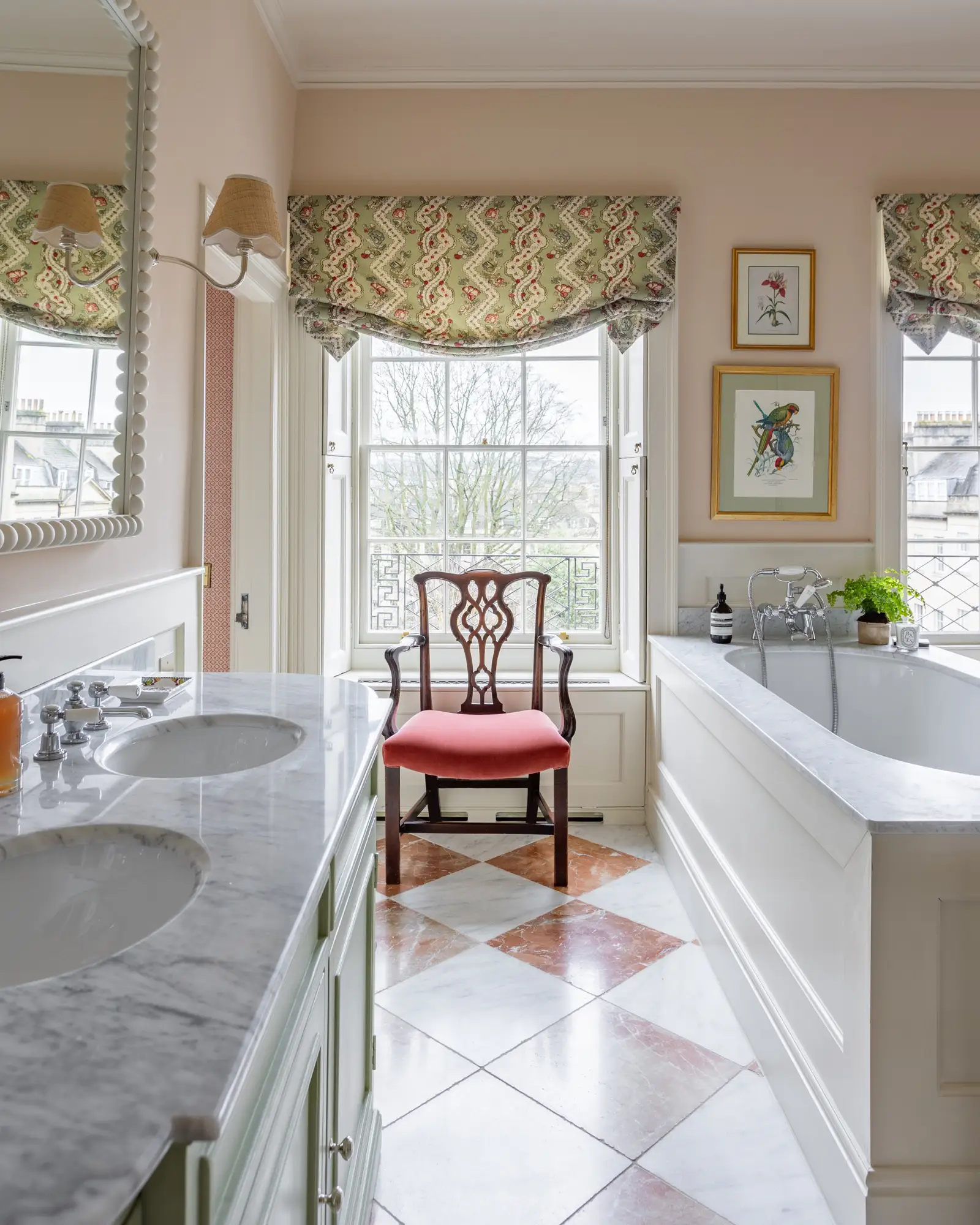
When entering a grand Georgian-era home, the sense of heritage and elegance is unmistakable. The Georgian period, spanning the reigns of the first four King Georges, is known for its understated luxury and dedication to craftsmanship. Today, homeowners and interior designers are increasingly drawing inspiration from this era, particularly in the context of master bathrooms—traditionally utilitarian spaces in modern homes. The question is: How can the grandeur of Georgian bathrooms be reimagined in contemporary interiors? And why does this period’s aesthetic still resonate with us?
Embracing the Hallmarks of Georgian Design
Georgian architecture and design are revered for their focus on proportion, symmetry, and natural light. These characteristics, when applied to master bathrooms, create spaces that are both luxurious and functional. Signature elements such as wainscoting, stone or wood floors, intricate plasterwork, and a subdued colour palette are foundational to the Georgian aesthetic. Despite their traditional roots, these features offer an enduring appeal, serving as a tranquil counterbalance to the hectic pace of modern life.
The resurgence of interest in Georgian design stems from its timeless elegance. By integrating these elements into contemporary spaces, we not only pay homage to a bygone era but also add a touch of refined luxury to our homes. Georgian master bathrooms embody serenity, creating an inviting atmosphere that aligns with the need for relaxation and respite in today’s world.
Blending Tradition with Modernity
Integrating Georgian design into contemporary interiors requires a thoughtful approach. A common concern is that incorporating historical elements could make a space feel more like a museum than a home. To avoid this, consider the Georgian style as an inspiration, not a strict blueprint. This allows for a harmonious blend of the old and the new, respecting the past while accommodating modern conveniences.
To achieve this balance, focus on simple forms and geometric patterns, which are central to Georgian design. Symmetrical floor tile layouts, such as checkerboard or basket-weave patterns, are a nod to tradition while maintaining a contemporary edge. Modern fixtures and fittings can be seamlessly integrated with classic elements. Brass bottle traps and other Georgian-inspired features complement the restrained colour schemes typical of the period.
Natural light is a crucial aspect of Georgian design. To emphasise this, consider installing oversized windows with slim profiles or skylights to flood the space with light. In terms of colour, Georgian interiors typically feature muted tones, with occasional accents for contrast. A classic Georgian bathroom might have soft blue or grey walls, with vibrant shower curtains or window treatments to add a touch of personality.
The Practical Benefits of Georgian Design
Beyond aesthetics, Georgian design offers practical benefits that enhance the functionality of modern master bathrooms. The traditional layout, with freestanding tubs and carefully placed basins, contributes to a logical and efficient use of space. This arrangement can improve the flow and daily usability of the bathroom, contributing to a more enjoyable routine.
Additionally, a Georgian-inspired master bathroom can increase a home’s value. Historical detailing and bespoke design elements resonate with buyers who appreciate craftsmanship and classic aesthetics. This can be a strategic advantage for homeowners looking to enhance their property’s appeal in a competitive market.
What sets Georgian bathrooms apart is their understated luxury. The focus on high-quality materials—marble, limestone, wood—and expert craftsmanship reflects a trend toward minimalism and sustainability. This restrained approach to opulence aligns with contemporary sensibilities and offers a precedent for luxury that is both refined and eco-friendly.
Success Stories and Practical Applications
Examples of successful Georgian-inspired renovations are abundant, demonstrating the versatility of this design approach. One homeowner incorporated a dual-flush toilet with a sleek modernist control panel into a period-inspired vanity, blending traditional aesthetics with modern efficiency. Another project used a modern skylight to illuminate ornate ceiling detailing, casting elegant shadows on a period-appropriate patterned floor. These examples showcase the adaptability of Georgian design within a 21st-century context.
To successfully implement Georgian-inspired design, it’s crucial to balance respect for foundational principles with the need for modern amenities. By starting with an understanding of the architectural language and the desired narrative, you can create a space that both honours the past and serves contemporary needs.
Embracing a New Georgian Renaissance
The ongoing dialogue between past and present in design continues to shape our understanding of luxury in the context of modern homes. By reinterpreting the spirit of Georgian master bathrooms, we can create spaces that are both historically inspired and forward-thinking. This approach invites us to seek the practical magic in traditional design, adapting it to suit our modern lifestyles.
In a landscape of ever-changing trends, the enduring allure of Georgian master bathrooms offers a timeless blueprint for elegance. As we continue to redefine our living spaces, the legacy of Georgian design serves as a touchstone for sophistication, blending artistry with functionality. Through thoughtful implementation and a respect for tradition, we can all contribute to a renewed appreciation for the Georgian aesthetic, bringing a sense of history and timeless beauty into our homes.
